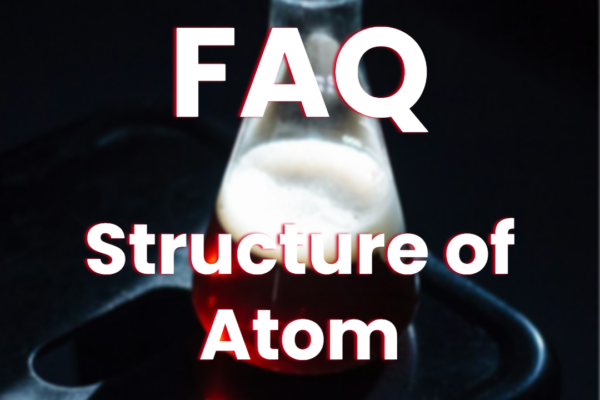
FAQ


LITHIUM
Lithium is a fascinating element with a wide range of applications, and its importance is rapidly increasing due to its crucial role in modern technology.1 Here’s a detailed overview: Basic Properties: Occurrence and Extraction: Applications: Environmental Considerations: Key Points: Bibliography:

HYDROGEN
Hydrogen: The Lightest and Most Abundant Element Hydrogen is the chemical element with the atomic number 1 and is represented by the symbol H. It is the lightest and most abundant chemical element in the universe, making up about 75% of its elemental mass. Properties of Hydrogen Physical Properties Chemical Properties Occurrence and Production Hydrogen…

The metal whose oxide can be reduced by common reducing agents:
The metal whose oxide can be reduced by common reducing agents: (a) Copper(b) Sodium(c) Aluminium(d) Potassium Ans: (a) Copper Understanding Metal Oxide Reduction Metal oxides are compounds formed when metals react with oxygen. To extract the pure metal, the oxygen must be removed, a process known as reduction. This is achieved using a reducing agent,…

Which formula represents a saturated hydrocarbon?
Which formula represents a saturated hydrocarbon? (a) C4H8(b) C5H12(c) C4H6(d) C5H10 Ans: (b) C5H12 Understanding Saturated Hydrocarbons Saturated hydrocarbons, also known as alkanes, are characterized by having only single bonds between their carbon atoms. This means that each carbon atom is bonded to the maximum possible number of hydrogen atoms. Let’s examine why the other…

FAQ|Structure of Atom
What is an atom? An atom is the basic building block of matter, consisting of a nucleus containing protons and neutrons, surrounded by a cloud of electrons. Atoms are the smallest units of an element that still retain the properties of that element. Key components of an atom include: Nucleus: The nucleus is located at…

FAQ | Solutions| CBSE|ISC|JEE|NEET
What is Henry’s law? Henry’s law describes the relationship between the pressure of a gas and its solubility in a liquid. It states that the solubility of a gas in a liquid is directly proportional to the partial pressure of that gas above the liquid. Mathematically, it can be represented as: C=k⋅P Where: C is…










